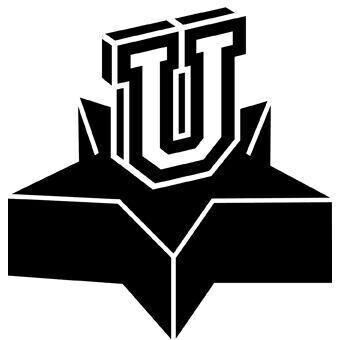Dear Editor,
A recent opinion piece in The University Star Volume 108, Issue 4 from Sept. 18, 2018, regarding parking issues on campus grabbed my attention. The piece claimed the solution to the lack of parking spots could be solved by banning freshman from parking on campus. I disagree with the opinion and several claims made in the article.
While it might be people’s opinions that green parking passes are overpriced, the simple economics of the issue make it clear that they are not. The fact that a lottery is instituted for who received the green passes means that if anything, they are underpriced due to the demand being greater than the supply. Removing freshmen from this equation doesn’t guarantee there will be more green spaces available.
In 2017, there were more than 200 permits assigned to green spots than there were spaces for. This is because not every green permit user is on campus all the time, to get the most out of parking spots, the university must oversell them to gain maximum return from the cost of the infrastructure
The claim that the solution to parking issues is to ban freshmen from having cars on campus is later contradicted by the idea of simply moving them to another, less convenient lot for the freshmen. While freshmen might spend most of their time on campus, a lack of viable transportation options to neighboring cities makes it hard for students without cars to find work.
Texas’ capital region does not currently have the transit infrastructure needed to properly serve citizens at a regional and state level. Yes, students might be more inclined to explore San Marcos, but transit options to New Braunfels, Lockhart, Buda and Kyle are very limited. Until proper regional public transit options exist for those without vehicles, it is unfair to decide who needs and who doesn’t need cars.
The contradicting claim that freshmen should only be allowed to park near Bobcat Village parking lot P12 not only contradicts the main point of banning freshman parking but also is a worse allocation of Texas State University’s resources. While most commuter students only attend school three or four days a week, residential students are on campus every day. With the lack of public transit, having them first take the campus loop shuttle, then transfer to Bobcat Village shuttle would just clog the shuttle system if left as is.
Last week’s opinion article about the overcrowding of the Bobcat Shuttles contributes further validation of this claim. During move in and move out weeks, this would only further complicate things as shuttles only run while classes are in session. Furthermore, holidays such as Labor Day have no shuttle service. Meanwhile, during these times, the parking garages sit unused. One of the biggest problems I have with the idea of moving the ever-growing freshman class to the P12 parking lot is that the parking lot would only hold about 20 percent of the freshman class. The P12 Parking lot only has 1017 regular use spots, the most current freshman class was over 5,000, and growing every year.
In a more perfect world, the university and San Marcos would focus on issues such as density and walkability to better serve commuter students. Adding more parking would only contribute to the theory of “Induced Demand” where a resource or utility is expanded, it causes more usage than before and gives no relief to the past congestion or overuse. The university is better served by partnering with San Marcos to give more transportation options such as the recent Veobike deal, Transdev (Bobcat Shuttle) and CARTS. San Marcos can also work to increase density via practices such as up-zoning, near campus to allow commuter students closer options to campus.
– Brian Salvesen, geography senior
Categories:
Letter to the editor
October 10, 2018

uStarlogo
0
Donate to The University Star
Your donation will support the student journalists of Texas State University. Your contribution will allow us to purchase equipment and cover our annual website hosting costs.
More to Discover








